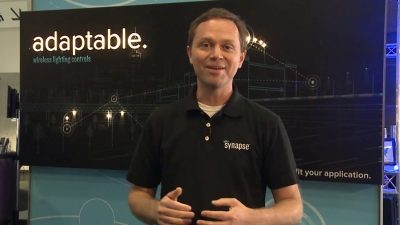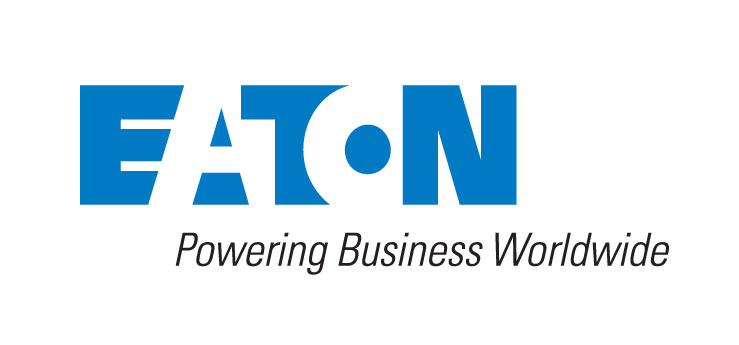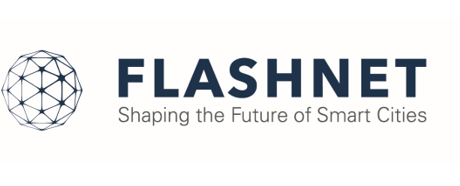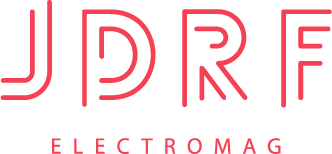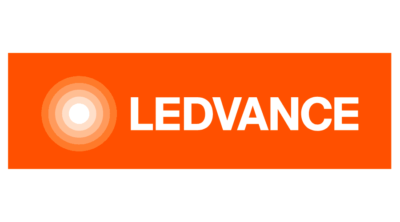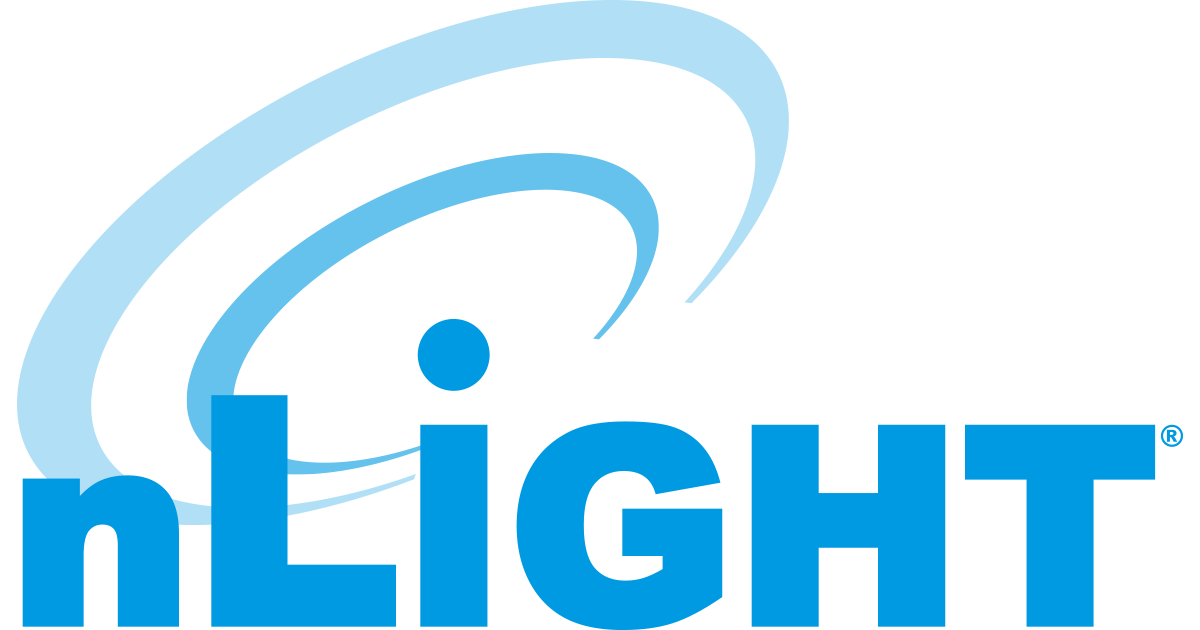Craig DiLouie, LC, CLCP recently enjoyed the opportunity to interview Jamie Britnell, Director of Product Marketing, Synapse Wireless for an article about how electrical distributors can sell networked lighting controls to LED upgrade customers, increasing revenues and service value.
The Lighting Controls Association is proud to announce it is now a contributor to LEDs Magazine, a preeminent publication serving the lighting industry. In our first contribution, Craig DiLouie, LC, CLCP authored an article about three hypothetical facility owners/managers using networked lighting controls to achieve a wide range of benefits over the course of a year.
Next year, the 2019 version of ANSI/ASHRAE/IES 90.1, Energy Standard for Buildings except Low-Rise Residential Buildings, takes effect as the national energy reference standard. This is based on a July 2021 Department of Energy (DOE) ruling that determined the standard saved more energy than the preceding 2016 version. By July 28, 2023, all states must adopt a commercial building energy code at least as stringent as the standard, or justify why they cannot comply.
Despite the potential benefits and variety of conditions that tunable lighting systems can provide, research documenting occupant preference in healthcare settings is sparse. Recently, researchers at PNNL and Georgia Institute of Technology’s SimTigrate Design Lab partnered on a study of patient preference for tunable light.
LightNOW’s David Shiller recently interviewed John Arthur Wilson, a lighting control and utility rebate consultant, about his 2021 market research into wireless lighting controls.
In an article recently published in SMART BUILDINGS TECHNOLOGY, LightSPEC Director Clifton Stanley Lemon talks to industry experts about intelligent buildings are the future, while taking a look at current issues with integrating smart building controls.
Many designers, manufacturers, and contractors are resisting change, Marsh notes in his column, and it appears as though we are headed towards a third paradigm shift that will sustain those who adapt and eliminate those who don’t.
As lighting controls become more sophisticated in application and capabilities, properly documenting the system’s intent and settings becomes critical. One of the most important documents is the control narrative, including a detailed sequence of operations. Though required by commercial building energy codes as documentation for many new construction and major renovation projects, aside from the Lighting Controls Association, manufacturers, and a few other sources, there are few resources providing guidance about how to write them. Enter the Illuminating Engineering Society (IES), which took on the challenge by publishing ANSI/IES LP-16-22, Documenting Control Intent Narratives and Sequences of Operations in June 2022.
In senior care centers, tunable LED lighting system retrofits can save energy, reduce operating costs, and improve quality of life for occupants when compared to outdated fluorescent systems that are still used in many facilities nationwide. A recent study suggests that LED tunable lighting system retrofits can offer energy savings and reduced costs, along with the possibility of improved quality of life for residents.
Luminaire-level lighting controls (LLLC), also called embedded controls, are lighting control systems in which sensors and controllers are installed within luminaires to enable autonomous, individual luminaire control. By making each luminaire a control point, control is highly flexible, responsive, and therefore generally more energy-saving. Serving as a preview for an upcoming Education Express course, this article describes LLLC technology, system types, advantages and disadvantages, studies characterizing energy savings and cost, and what’s familiar and distinctive in regards to design and installation.
Modern lighting control systems require a lot more components than they used to. As a result, a lighting controls designer’s job has come to include the documentation required to fully specify a system, which includes well-defined devices, narratives, and sequences. This column by C. Webster Marsh is the first part of a multi-part series that hopes to identify how lighting controls interact with each other and how best to implement a documentation style that is shared with current industry trends.
In this article published in LD+A, Telensa’s Cindy Brewbaker lays out a seven-point case for smart street lighting.
Moderated by Michael Colligan, this episode of Get a Grip on Lighting pits two lighting thinkers in a spirited debate over whether 0-10V or digital lighting control has the edge in projects subject to value engineering.
In this article published in LD+A, the official publication of the Illuminating Engineering Society, Manuel Lopez and Keith Graeber of the California Lighting Technology Center evaluate networked lighting control system metering and reporting capabilities.
Brienne Musselman, Education Director for the Illuminating Engineering Society, looks at seven trends that will affect professional lighting education.
The commercial market lighting rebate outlook for 2022 is even stronger than 2021, with relatively stable, substantial rebates promoting adoption of energy-efficient lighting and controls.
Matt Ochs, senior director of commercial business for Lutron Electronics, recently contributed an article to BUILDINGS Magazine talking about how lighting controls can support the return to the office, either fully occupied or in a hybrid office-home office model.
“With NEMA’s latest guidance on 0-10V control wire colors, I want to dust off an old question: Should the control wires be run in the same conduit as the line voltage wires?”asks C. Webster Marsh.
In 2020, the Illuminating Engineering Society (IES) published ANSI/IES LP-6-20, Lighting Control Systems: Properties, Selection, and Specification. Drawing on the Lighting Controls Association’s Education Express offering as a primary source, this 111-page Lighting Practice and American National Standard provides an excellent foundation for designing with lighting control systems.
In designing and specifying a lighting control system, part of the work involves configuring control zones to meet code requirements. This is an incredibly important step for two reasons…
According to the AIA Construction Consensus Forecast Panel of leading economic forecasters, nonresidential building construction spending is expected to expand 5.4% in 2022 and strengthen to a 6.1% expansion in 2023.
Dan Hollenkamp, COO of Toggled offers several key predictions for the future of smart lighting technology.
In the fall of 2021, the Lighting Controls Association (LCA) invited subscribers of lightingCONTROL, its monthly newsletter, to participate in a survey. The goal of the survey was to determine satisfaction with LCA services.
In this guest post, Jared Morello, VP of Specification Sales, Legrand North America, makes the case that secure lighting networking is achievable with the right compliance and certifications.
While networked lighting controls can deliver significant value in both energy and non-energy benefits, a challenge remains in translating these capabilities to one’s applications. What could be done with greater lighting control in my building? How is the system operated to save energy while deriving other benefits specific to my applications? How could the data be used to benefit my stakeholders? To answer this question, let’s look at three theoretical applications.
Adoption of the most robust connected lighting systems has been slower than expected. Training, education, field validation, greater interoperability, and greater standardization of utility rebate programs are strong opportunities to meet the challenges. These are some of the conclusions of the U.S. Department of Energy’s Connected Lighting Systems Stakeholders Research Study, published in September 2021.
On December 2, 2021, PG&E will host a 3.5-hour webinar, “Lighting Controls Success Stories” from 9AM to 12:30PM. In this course, attendees will see case studies demonstrating successful application of lighting controls.
In his Controls Column contributed to LD+A Magazine in late 2020, Wattstopper’s Charles Knuffke, chair of the Lighting Controls Association, makes the case that energy codes should recognize the non-energy benefits of lighting controls.
Just because 0-10V dimmed luminaires are generally lower cost than digitally dimmed luminaires, it should not be assumed there will be a lower price tag on the overall project, writes C. Webster Marsh.
The U.S. Department of Energy’s (DOE) Integrated Lighting Campaign (ILC) recently interviewed C. Webster Marsh of Penumbra Controls, a lighting controls specialist and frequent contributor to the Lighting Controls Association site.
In a recent LD+A energy column, Willard L. Warren, PE, LC points out that various glare metrics have come and gone, with CIE’s Unified Glare Rating (UGR) on the way. The IES Handbook, however, calls such predictors useful for groups but not for individuals. He poses the question: Is it more practical to simply provide dimmable task/ambient lighting system that’s individually controllable?
In A National Roadmap for Grid-Interactive Efficient Buildings, DOE outlines its national goal to triple the energy efficiency and demand flexibility of buildings by 2030. A subsequent report, published in December 2019, specifically evaluates the potential for lighting and electronics (primarily consumer plus IT equipment) to optimize energy efficiency and comfort while providing services back to the grid. This article examines lighting’s potential to support grid interactivity, primarily in the form of networked lighting controls and automated demand response.
0-10V dimming wires, the wires used to communicate dimming intensity via a 10-volt signal, can be easily identified on wiring diagrams, installation instructions, and dimmable drivers by their colors: gray and violet (although violet is often referred to as purple). This will soon change, however, as new codes and guidelines take effect.
Unless you’ve been living on a deserted South Pacific island prior to March 2020, you know that COVID has been the biggest issue facing mankind in the past year and a half. You also know that lots of people, governments and industries have developed methodologies and technology to mitigate the effects and spread of COVID. What do these things mean for lighting control?
Lighting industry journalist and educator Craig DiLouie, LC, CLCP recently had the opportunity to interview David Buerer, Director of Product Management, Leviton Manufacturing Co., Inc. for an article about plug load control, which will be published in the October 2021 issue of tED Magazine, the official publication of the NAED. Transcript follows.
Most new construction projects have various forms of documentation, but construction documentation often falls into one of two categories: Drawings or Specifications.
In this article published by BUILDING OPERATING MANAGEMENT, building owners and managers are introduced to networked lighting control and shown examples of what pulling data from the system can do to solve business problems.
The Illuminating Engineering Society (IES) recently published ANSI/IES LP-12-21, IoT Connected Lighting. This 43-page Lighting Practice and American National Standard provides guidance for lighting professionals to consider and evaluate connected lighting and Internet of Things (IoT) solutions and applications.
Adoption of networked intelligent lighting control systems is uncertain, with some in the professional lighting community very positive, while others see it as not ready for prime time for themselves or their clients. Putting whether is a problem in definition aside, the question of where networked control is winning or losing is worthy to explore. [...]
In this blog post at Cooper Lighting Solution’s website, Soroush Amidi, Director, Product Management walks you through the cybersecurity standards affecting implementation of intelligent lighting controls and smart buildings.
NYControlled: Avi-On’s Joe McGrath Talks Lockdown Mode
10/24/2025At NYControlled, the EdisonReport’s Randy Reid interviewed Joe McGrath, Sales Director East Coast for Avi-On, about the company’s new feature called Lockdown Mode.
The Lighting Controls Podcast: Gary Meshberg and Harold Jepsen Talk New CIN/SOO Tool
09/12/2025In this episode of The Lighting Controls Podcast sponsored by MaxLite, hosts C. Webster Marsh and Ron Kuzmar interview Gary Meshberg, Chair of the Lighting Controls Academy, and Legrand’s Harold Jepsen, Vice Chair of the NEMA Lighting Controls Technical Section about the evolving world of lighting controls and a groundbreaking new Control Intent Narrative/Sequence of Operations Tool offered by the Lighting Controls Academy.
LCA TV: EmerLite™ by LiteTrace
09/08/2025This educational video, produced by the Lighting Controls Association at the 2025 LEDucation event in New York City, introduces LiteTrace’s EmerLite™, a wireless platform revolutionizing emergency lighting compliance for commercial facilities.
LCA TV: Athena Lighting Control System by Lutron Electronics
08/13/2025This educational video, produced by the Lighting Controls Association at the 2025 LEDucation event in New York City, introduces Lutron’s Athena lighting control system.
LCA TV: Wattstopper i3 Platform by Legrand
08/11/2025This educational video, produced by the Lighting Controls Association at the 2025 LEDucation event in New York City, introduces Legrand’s Wattstopper i3 Platform, a next-generation lighting and building intelligence solution powered by KODE Labs.
LCA TV: IR -TEC America’s Bluetooth Programming for Sensors
07/29/2025This educational video, produced by the Lighting Controls Association at the 2025 LEDucation event in New York City, introduces IR-TEC America’s Bluetooth programming capability for the company’s sensors.
LCA TV: Autonomy Lighting System by JDRF Electromag
07/23/2025In this educational video, produced by the Lighting Controls Association at the 2025 LEDucation event in New York City, Ray Dableh, CEO of JDRF Electromag, demonstrates the company’s Autonomy Lighting System, a self-configuring luminaire-level lighting control (LLLC) system.
LCA TV: NX Lighting Controls by Current
07/21/2025This educational video, produced by the Lighting Controls Association at the 2025 LEDucation event in New York City, introduces new products in Current’s NX Lighting Controls line–including NX Site Manager, an intuitive and easy-to-use GUI providing real-time programming and management.

